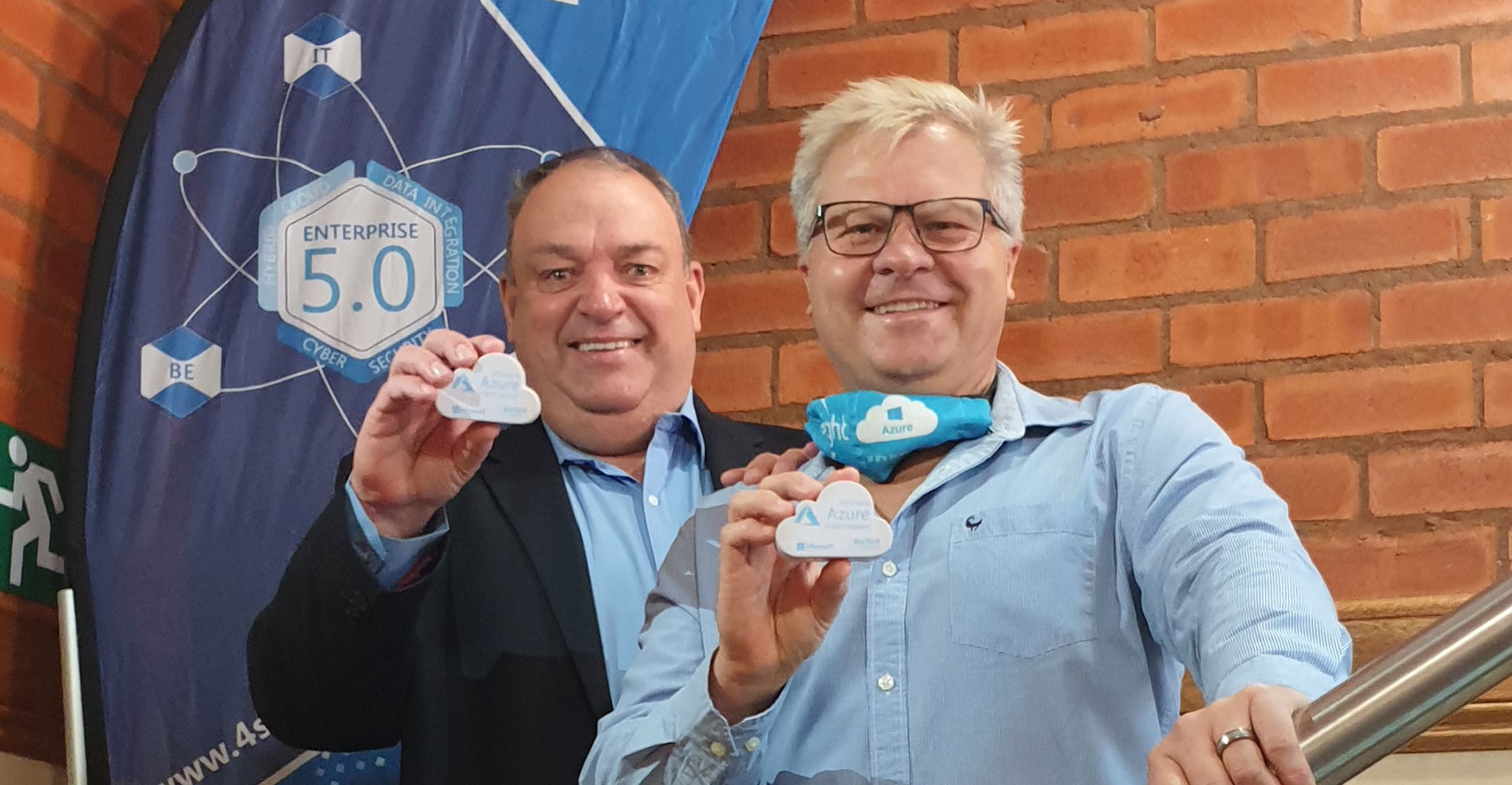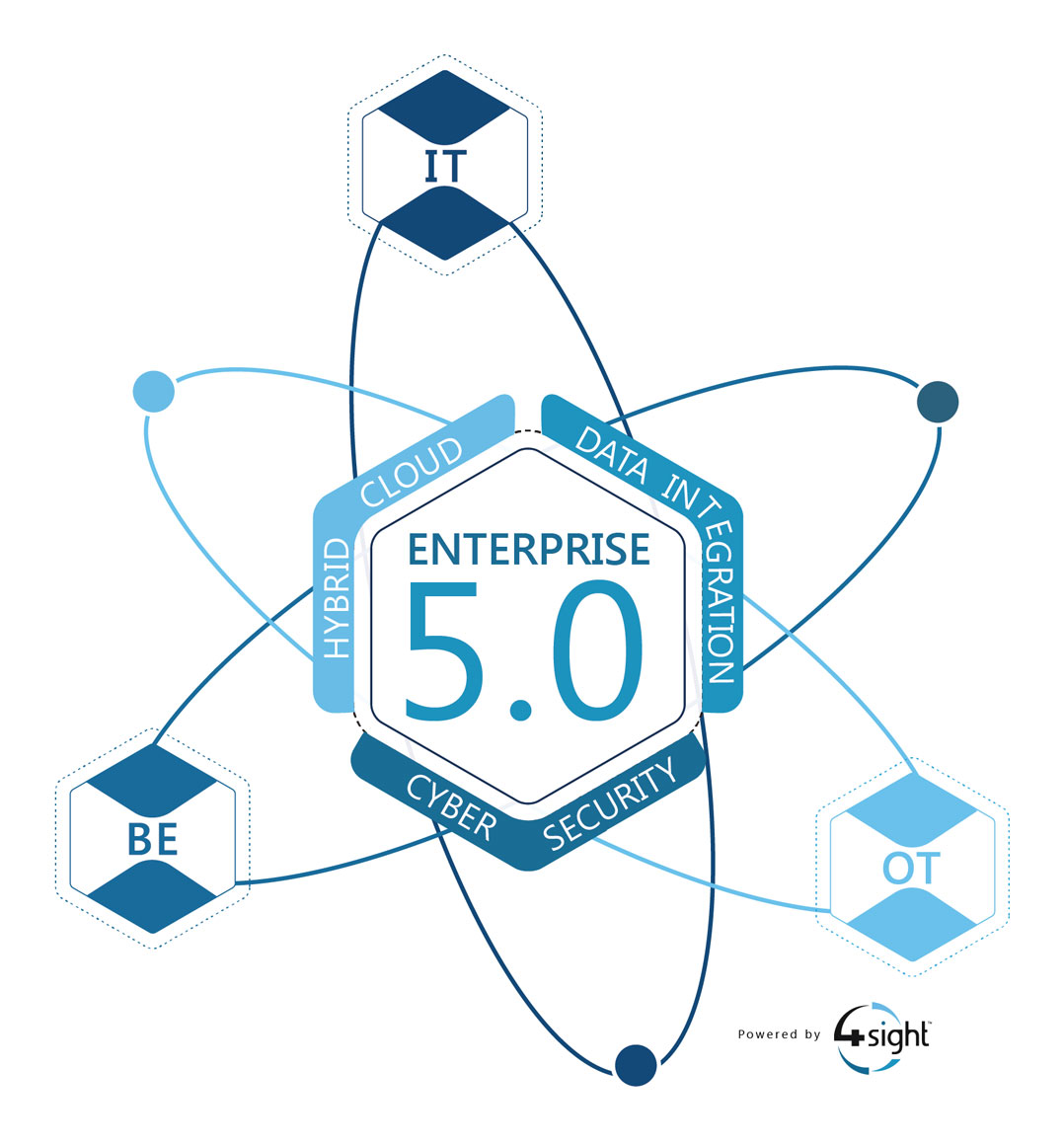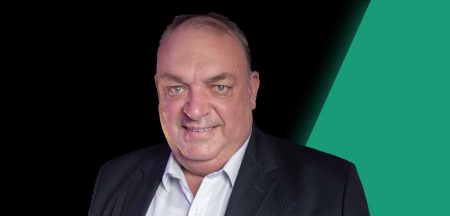
To create the company of the future, organisations must move beyond technology to change the way they think about their businesses and how they do things. This entails looking at the five fundamentals of any organisation. By 4Sight Holdings’ Tertius Zitzke and Willie Ackerman.
The DNA of any company is typically made up of five fundamental components: innovation, people, finance, operations and customers.
 To create the company of the future, which we call Enterprise 5.0, it’s necessary to work on each of these fundamentals.
To create the company of the future, which we call Enterprise 5.0, it’s necessary to work on each of these fundamentals.
However, before we look at what this entails, we should remind ourselves of the technology stack that supports or enables these fundamentals.
In Enterprise 5.0, we see how operational and information technologies converge to support and form the business environment. The stack is underpinned by (and shares) three critical technologies — hybrid cloud, cybersecurity and data integration — providing a common backbone to enable the convergence taking place in the market.
Learn more about how 4Sight helps clients structure themselves in line with this technology stack
Everything is geared towards enabling the free flow of data into the business environment, where it can be safely stored and — this is the crux of it all — processed using artificial intelligence, machine learning and analytics. The resulting deep insights and foresight will guide decision making in the DNA fundamentals previously referred to.
On one level, becoming an Enterprise 5.0 organisation is all about embarking on a profound journey of digital transformation over time. But looking beyond the technology, one must understand that Enterprise 5.0 means changing the fundamentals of how the organisation thinks and operates, therefore impacting people’s behaviour and the culture in the organisation. The traditional business mindset is ultimately inwardly focused: How do we make our processes more efficient and effective for us?
Catalysing
By contrast, the Enterprise 5.0 business uses its new technology to adopt the customer’s or business partner’s point of view to answer the question: How does my customer want my organisation to support them? What is the customer journey that we need to satisfy?
To understand how this plays out, let’s consider the five components that make up the corporate DNA of a typical company, and how Enterprise 5.0 technologies enable a completely new way of thinking and doing things. The post-Covid-19 world is catalysing this process.
Innovation is typically seen as the lynchpin of differentiation but in Enterprise 5.0, the focus is less on new products and services and more on repackaging existing ones or reinventing the go-to-market strategy.
For example, in retail, innovation is required not to develop new products to sell so much as to develop a way to make it easier for customers to order and receive those products.
Key drive
Similarly, a key drive now is to enable existing processes for a distributed workforce. If you speak to CxOs, what they’re battling with is how to make it easier for work-from-home staff to cope with multiple systems. The solution here is to create a platform that provides a single interface for all the systems and tools, not to create new process software.
For the Enterprise 5.0 company, innovation is customer-focused to create a totally new market space, often by extending the “as-a-service” model beyond software to virtually anything.
People are the key asset of any company and are top of mind as the new way of working emerges. Two key issues are concerning CxOs: how to manage and measure the performance of a distributed workforce and how to ensure the supplied tools are adopted.
 The technologies underpinning Enterprise 5.0 can be used to answer the first question — we are developing many toolsets that are making it possible not only to cover the management portion but also the measurement of who is doing what, and what technology they are using.
The technologies underpinning Enterprise 5.0 can be used to answer the first question — we are developing many toolsets that are making it possible not only to cover the management portion but also the measurement of who is doing what, and what technology they are using.
The second question relates more to change management and adoption, which are always the big issues when it comes to people. Our latest toolsets and technologies turn change management and adoption from a “soft” operation to a “measurable” one, ensuring a return on the investment and also highlighting areas for improvement or training.
Finance is the heartbeat of any company and one of the key constituents of any solid decision-making process. CxOs want real-time information to make better decisions faster, whereas the typical finance processes take place long after the fact, usually at month-end. We can already achieve near real time, but by integrating the multiplicity of information and operational systems stacks, and using machine learning and artificial intelligence, real time is achievable.
A second issue relating to finance is the reality that companies are cash-strapped and looking for flexible models for the technologies that underpin their move to Enterprise 5.0. Our philosophy is to move customers away from the traditional licensing models to the pay-as-you-go model, ultimately including a migration to the cloud which will see all, or a large proportion, of the IT infrastructure move away from the capital balance sheet onto the operational one.
Operations, which constitute the business’s key differentiator. In the Enterprise 5.0 world, an important goal is to integrate the operational systems with all the other systems. A big drive here is to automate and optimise the processes intelligently to add value or realise benefits. We use digital twins to help companies visualise the end-to-end process and identify constraints where it would make sense to digitise and automate — these are never an end in themselves. The digital twin spans the IT and operational technology landscapes, ensuring we visualise the converged world.
The customer
The final, and central, part of the corporate DNA has to be the customer. All organisations need to be able to address their customers, both internal and external. Successful companies retain existing customers and sell more to them. This requires a long-term approach and, more importantly, a willingness to go on a “customer journey”. By this we mean the exercise of understanding your business from the customer’s point of view. As noted at the beginning of the article, the issue is not whether a process is efficient but whether it provides a good experience for the customer and solves their challenge. We have developed software to help our own customers map their own customer journey.
In conclusion: the Enterprise 5.0 organisation puts the building blocks in place in order not to do what it has always done more efficiently, but rather to enable new ways of doing and thinking about things that delight customers, while increasing profits. That’s a compelling story.
- Tertius Zitzke is CEO of 4Sight, while Willie Ackerman is its chief sales and marketing officer
- This promoted content was paid for by the party concerned




